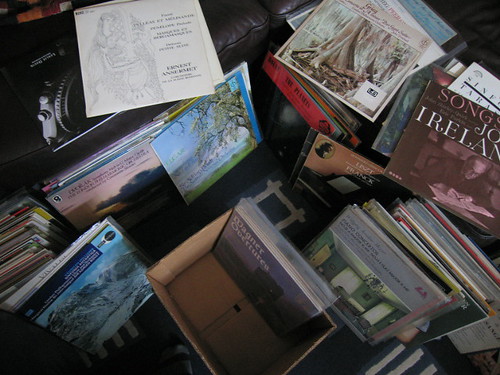DTB300
Well-known member
Wow...what a very general, complete blanket statement you have made...[ The so called superior dynamic range of digital hype is just that.
First you need to talk with Michael Bishop of Telarc and inform him of the limitations you say exist.....
"In the "old days," a tremendous effort was made to fit the dynamic range of our digital sources onto the lacquer master and still have the resulting vinyl pressing be able to play at all. DSD and multi-channel SACD have pretty much removed most of the obstacles between what we record and what the home listener can experience"
Second talk to some of the people more in the know:
"I found it to be the vinyl (not analog) format *itself*. All but the very best arms/cartridges can track the demands of, for example, the Fischer Mahler 2nd, without audible distortion or flat out mis-tracking. So, the vinyl industry itself compressed the climaxes on recordings to that the "average Joe" could cope. You can *hear* the compression on many vinyl recording. All one has to do is look at the vinyl itself; in non-audiophile recordings it is easy to see the compression of the grooves during the loudest pages."
Both formats have their issues, both can sound great, and both can sound poor. Listen to the format you like and move on with life and stop the blanket generalizations.




